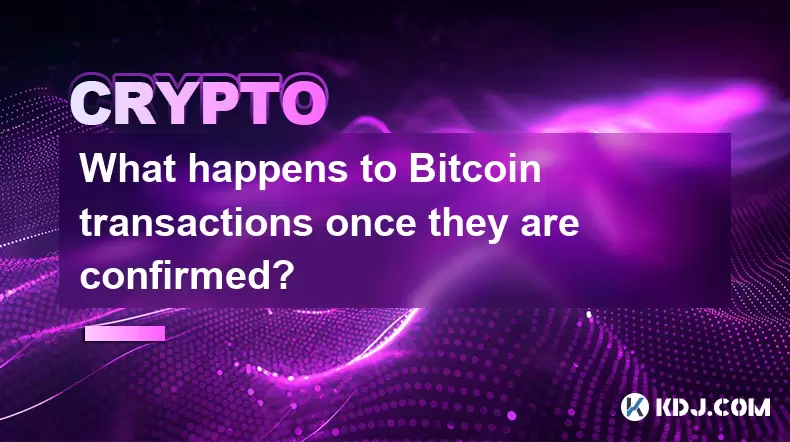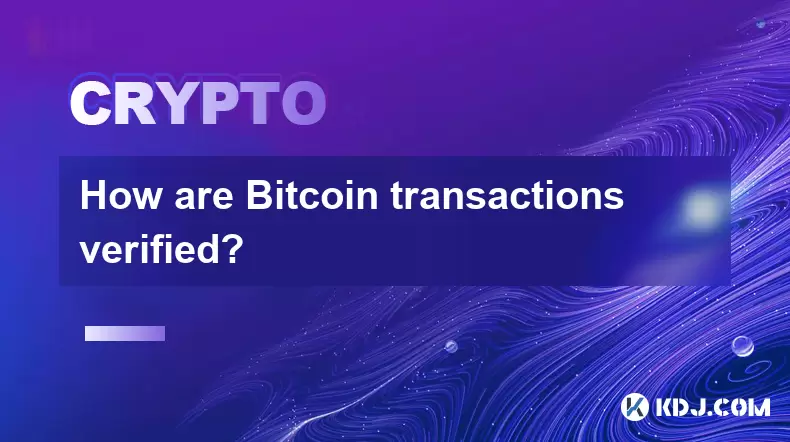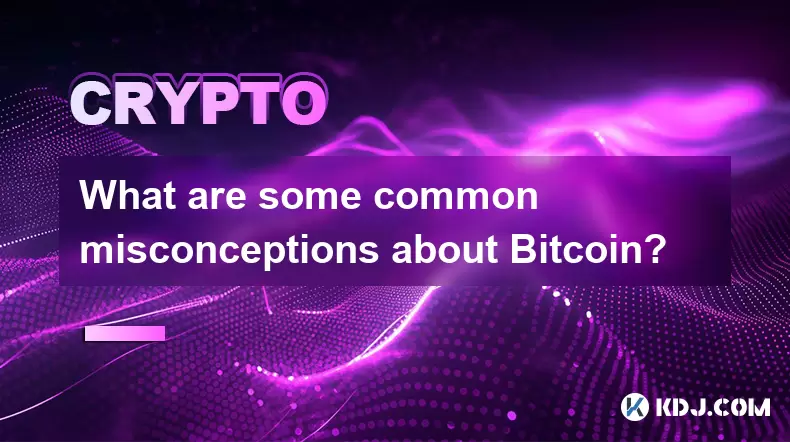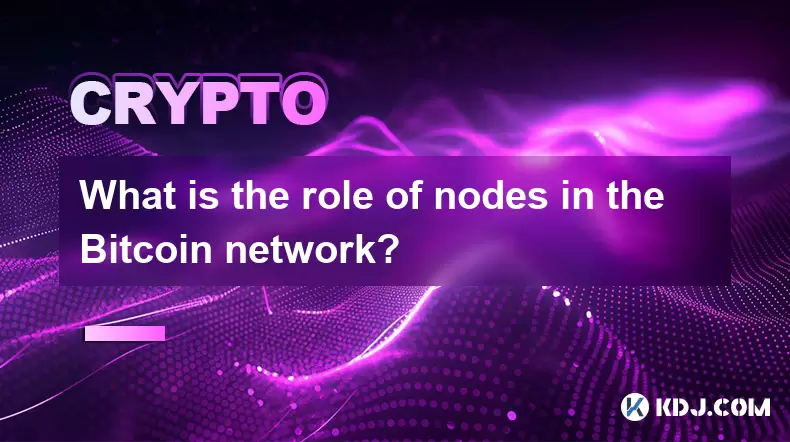-
 Bitcoin
Bitcoin $116700
0.24% -
 Ethereum
Ethereum $3973
4.34% -
 XRP
XRP $3.283
7.68% -
 Tether USDt
Tether USDt $1.000
0.01% -
 BNB
BNB $789.8
2.27% -
 Solana
Solana $176.2
3.31% -
 USDC
USDC $0.9999
0.00% -
 Dogecoin
Dogecoin $0.2238
5.14% -
 TRON
TRON $0.3389
-0.51% -
 Cardano
Cardano $0.7907
4.03% -
 Stellar
Stellar $0.4527
10.02% -
 Hyperliquid
Hyperliquid $41.07
4.27% -
 Sui
Sui $3.794
1.77% -
 Chainlink
Chainlink $19.49
10.40% -
 Bitcoin Cash
Bitcoin Cash $580.9
0.74% -
 Hedera
Hedera $0.2617
4.32% -
 Avalanche
Avalanche $23.41
3.67% -
 Ethena USDe
Ethena USDe $1.001
-0.03% -
 Litecoin
Litecoin $122.4
1.38% -
 Toncoin
Toncoin $3.364
1.49% -
 UNUS SED LEO
UNUS SED LEO $8.988
0.37% -
 Shiba Inu
Shiba Inu $0.00001295
2.82% -
 Uniswap
Uniswap $10.62
5.75% -
 Polkadot
Polkadot $3.922
4.46% -
 Dai
Dai $1.000
0.01% -
 Bitget Token
Bitget Token $4.494
2.15% -
 Monero
Monero $268.0
-1.30% -
 Cronos
Cronos $0.1523
3.68% -
 Pepe
Pepe $0.00001127
4.43% -
 Aave
Aave $285.4
4.85%
Why is there a limited supply of Bitcoin?
Bitcoin's 21 million supply cap, enforced by code and consensus, creates digital scarcity, making it a potential hedge against inflation and a modern store of value.
Aug 09, 2025 at 02:50 am

Understanding the Concept of Limited Supply in Bitcoin
The limited supply of Bitcoin is one of its foundational design principles. Unlike traditional fiat currencies, which central banks can print indefinitely, Bitcoin was intentionally created with a maximum cap of 21 million coins. This cap was embedded into the Bitcoin protocol by its pseudonymous creator, Satoshi Nakamoto, at the time of its inception in 2009. The idea behind this restriction is to mimic the scarcity of precious resources like gold. By enforcing a finite number, Bitcoin becomes resistant to inflation and devaluation caused by overproduction. This built-in scarcity is enforced through code and is immutable as long as the network consensus remains intact.
The Role of the Bitcoin Protocol in Supply Limitation
The Bitcoin protocol governs how new bitcoins are created and how transactions are validated. At the heart of this system is the concept of block rewards, which miners receive for verifying transactions and adding them to the blockchain. These rewards are the only way new bitcoins enter circulation. However, the protocol includes a mechanism called halving, which reduces the block reward by 50% approximately every four years—or every 210,000 blocks. The initial reward in 2009 was 50 BTC per block. It has since decreased to 25, then 12.5, 6.25, and most recently to 3.125 BTC per block after the April 2024 halving. This programmed reduction ensures that the rate of new bitcoin creation slows over time, approaching the 21 million limit asymptotically.
- The halving events are hardcoded into the Bitcoin software.
- Each halving reduces the inflation rate of Bitcoin.
- The diminishing supply issuance mimics deflationary economic models.
- The final bitcoin is expected to be mined around the year 2140.
Why 21 Million? Origins of the Fixed Cap
The choice of 21 million as the maximum supply is not arbitrary but stems from a combination of mathematical and economic reasoning. The total supply is derived from the block reward schedule and the halving cycle. With a starting reward of 50 BTC and a halving every 210,000 blocks, the sum of all future rewards converges to just under 21 million. This number was likely selected because it provides enough granularity for transactions (thanks to Bitcoin’s divisibility into satoshis—100 million per BTC) while maintaining a sense of scarcity. There is no central authority that can alter this number. Any attempt to change the supply cap would require a consensus change across the entire network, which is highly unlikely given the decentralized nature of Bitcoin’s user base and node operators.
Impact of Scarcity on Bitcoin’s Value Proposition
Scarcity plays a critical role in Bitcoin’s appeal as a store of value. In economics, limited supply often leads to increased demand when perceived utility rises. Bitcoin’s fixed supply makes it immune to the kind of monetary dilution seen in fiat systems, where governments can increase money supply during economic crises. This characteristic has led many to refer to Bitcoin as "digital gold." Because no single entity controls the issuance, and the rules are transparent and predictable, users can trust the system without relying on intermediaries. The certainty of the supply cap allows investors and users to make long-term assessments about Bitcoin’s potential value based on adoption, utility, and market dynamics.
- Predictable issuance fosters trust in the network.
- No risk of hyperinflation due to uncontrolled minting.
- Scarcity drives demand, especially in times of economic uncertainty.
- The 21 million cap reinforces Bitcoin’s role as a hedge against currency devaluation.
How Miners and Nodes Enforce Supply Limits
The enforcement of Bitcoin’s supply cap is not administrative—it is mechanically enforced by the network’s participants. Every node in the Bitcoin network runs software that validates transactions and blocks according to the consensus rules. If a miner attempts to create more than the allowed block reward (e.g., 3.126 BTC instead of 3.125 after the 2024 halving), the other nodes will reject that block. This rejection means the invalid block will not be added to the blockchain, and the miner will lose the associated rewards. Thus, the economic incentives align with protocol rules. Miners follow the rules because deviating from them results in financial loss. This system ensures that the 21 million supply limit is upheld without centralized oversight.
- Nodes validate every transaction and block.
- Invalid blocks are automatically discarded by the network.
- Miners have no incentive to break the rules.
- The consensus mechanism protects the integrity of the supply cap.
Common Misconceptions About Bitcoin’s Supply
Some believe that Bitcoin’s supply could be changed through a software update. While technically possible, such a change would require near-universal agreement among node operators, miners, exchanges, and users. If a faction attempted to increase the supply, the rest of the network would likely reject the change, resulting in a chain split. The original chain with the 21 million cap would likely retain more value and support. Another misconception is that lost bitcoins increase the effective scarcity. While it's true that an estimated 20% of all bitcoins are lost due to forgotten private keys or hardware failures, the protocol still counts them as part of the 21 million. The network does not reissue lost coins, so their absence enhances the relative scarcity for the remaining accessible supply.
Frequently Asked Questions
Can the 21 million Bitcoin cap ever be changed?
The cap can only be changed if the majority of the Bitcoin network agrees to alter the consensus rules. This would require widespread coordination among developers, miners, and node operators. Any attempt to increase the supply would likely result in a fork, with the original Bitcoin chain maintaining the 21 million limit. Given the strong ideological commitment to scarcity, such a change is considered extremely unlikely.
What happens when all 21 million Bitcoins are mined?
Once all bitcoins are mined, miners will no longer receive block rewards. Instead, they will be compensated solely through transaction fees paid by users. The Bitcoin network is designed so that as adoption grows, transaction fees will become sufficient to incentivize miners to continue securing the network. The fee market is expected to evolve to support this transition.
Are there any Bitcoins already lost forever?
Yes, a significant number of bitcoins are believed to be permanently lost. These include coins from early mining days stored on discarded hard drives, or wallets with inaccessible private keys. Because Bitcoin has no recovery mechanism, these coins remain unspendable. They are still counted in the 21 million total but are effectively removed from circulation.
Does the limited supply make Bitcoin deflationary?
Bitcoin exhibits deflationary characteristics due to its fixed supply and increasing demand. As the number of usable bitcoins decreases (due to loss) and demand grows, the value per coin may increase over time. However, deflation in economic terms also depends on velocity of money and usage, which are influenced by adoption and transaction activity.
Disclaimer:info@kdj.com
The information provided is not trading advice. kdj.com does not assume any responsibility for any investments made based on the information provided in this article. Cryptocurrencies are highly volatile and it is highly recommended that you invest with caution after thorough research!
If you believe that the content used on this website infringes your copyright, please contact us immediately (info@kdj.com) and we will delete it promptly.
- Coinbase, Cosmos, and dYdX: Navigating the Crypto Currents
- 2025-08-09 06:30:16
- BNB Price, Altcoins, and Predictions: What's the Buzz?
- 2025-08-09 06:30:16
- Crypto Presale Projects Primed for Gains in 2025: A New Yorker's Take
- 2025-08-09 06:50:15
- Ruvi AI: The Millionaire Maker Poised for a Price Spike?
- 2025-08-09 06:50:15
- Cold Wallet, CoinMarketCap, Cardano & XRP: Navigating Crypto's Next Big Wave
- 2025-08-09 07:10:15
- Hedera (HBAR) Price Surge: Market Cap Soars, What's Next?
- 2025-08-09 07:10:15
Related knowledge

Can the Bitcoin protocol be changed?
Aug 07,2025 at 01:16pm
Understanding the Bitcoin ProtocolThe Bitcoin protocol is the foundational set of rules that govern how the Bitcoin network operates. It defines every...

What happens to Bitcoin transactions once they are confirmed?
Aug 09,2025 at 05:22am
Understanding Bitcoin Transaction ConfirmationWhen a Bitcoin transaction is initiated, it is broadcast to the network and placed in a pool of unconfir...

How are Bitcoin transactions verified?
Aug 08,2025 at 06:57am
Understanding Bitcoin Transaction VerificationBitcoin transactions are verified through a decentralized network of nodes and miners that ensure the le...

How does decentralization make Bitcoin secure?
Aug 08,2025 at 09:35am
Understanding Decentralization in BitcoinDecentralization is a foundational principle of Bitcoin's architecture and plays a critical role in its secur...

What are some common misconceptions about Bitcoin?
Aug 07,2025 at 07:22pm
Bitcoin is Just Like Regular MoneyA widespread misconception is that Bitcoin functions identically to traditional fiat currencies like the US dollar o...

What is the role of nodes in the Bitcoin network?
Aug 08,2025 at 04:14pm
Understanding the Function of Nodes in the Bitcoin NetworkNodes are fundamental components of the Bitcoin network, serving as the backbone that ensure...

Can the Bitcoin protocol be changed?
Aug 07,2025 at 01:16pm
Understanding the Bitcoin ProtocolThe Bitcoin protocol is the foundational set of rules that govern how the Bitcoin network operates. It defines every...

What happens to Bitcoin transactions once they are confirmed?
Aug 09,2025 at 05:22am
Understanding Bitcoin Transaction ConfirmationWhen a Bitcoin transaction is initiated, it is broadcast to the network and placed in a pool of unconfir...

How are Bitcoin transactions verified?
Aug 08,2025 at 06:57am
Understanding Bitcoin Transaction VerificationBitcoin transactions are verified through a decentralized network of nodes and miners that ensure the le...

How does decentralization make Bitcoin secure?
Aug 08,2025 at 09:35am
Understanding Decentralization in BitcoinDecentralization is a foundational principle of Bitcoin's architecture and plays a critical role in its secur...

What are some common misconceptions about Bitcoin?
Aug 07,2025 at 07:22pm
Bitcoin is Just Like Regular MoneyA widespread misconception is that Bitcoin functions identically to traditional fiat currencies like the US dollar o...

What is the role of nodes in the Bitcoin network?
Aug 08,2025 at 04:14pm
Understanding the Function of Nodes in the Bitcoin NetworkNodes are fundamental components of the Bitcoin network, serving as the backbone that ensure...
See all articles

























































































